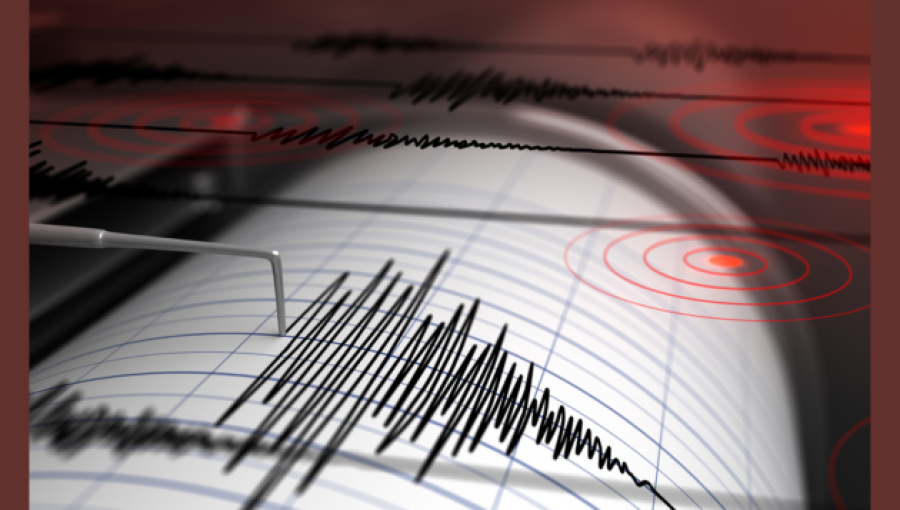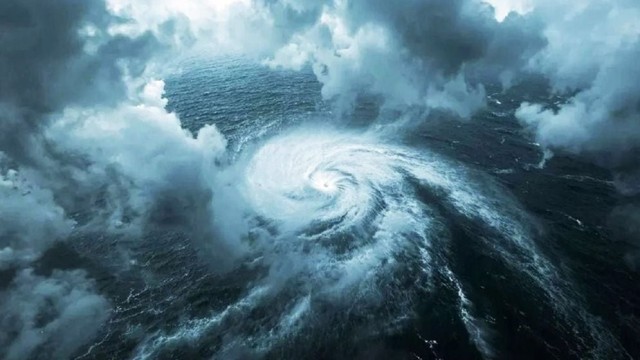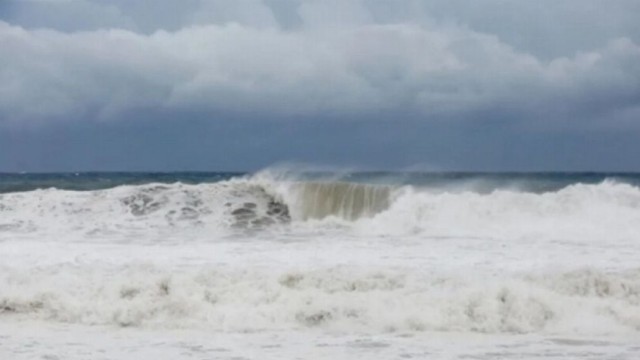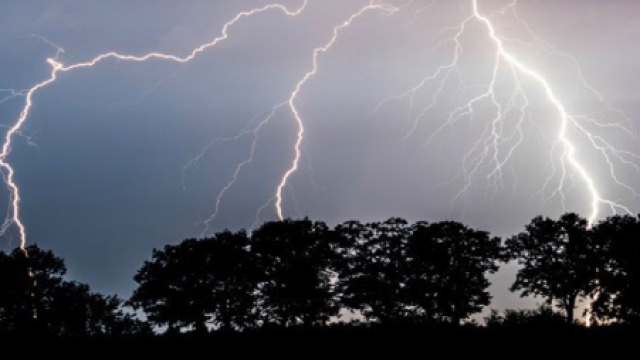TOKYO, Jan 16, (V7N) - A Japanese government panel announced Thursday that it has slightly increased the estimated probability of a massive earthquake occurring along the Nankai Trough within the next 30 years to as high as 82%. Previously, the probability was estimated between 74% and 81%.
This potential "megaquake" could reach a magnitude of 8 to 9, triggering enormous tsunamis, causing hundreds of thousands of deaths, and resulting in billions of dollars in damages, experts warn.
The Nankai Trough is an 800-kilometer (500-mile) undersea trench off Japan's Pacific coast, where the Philippine Sea tectonic plate is slowly subducting beneath the continental plate that Japan rests on. The plates' movements can build up tremendous energy, which is released in powerful earthquakes when they eventually slip.
Historically, megaquakes along this fault have occurred every 100 to 200 years. The last one struck in 1946. "It's been 79 years since the last quake, and the risk increases by about one percent each year," an official from the Earthquake Research Committee stated.
In a worst-case scenario, government models from 2012 suggest that small offshore islands could face tsunamis over 30 meters (100 feet) high, while major cities on the main islands of Honshu and Shikoku could be hit by massive waves within minutes.
Japan's vulnerability was highlighted in August 2024 when the Japan Meteorological Association issued its first megaquake advisory after a magnitude 7.1 earthquake injured 15 people. Although the advisory was lifted after a week, it led to panic buying and shortages of essential items like rice.
Historically, the Nankai Trough has produced devastating earthquakes. In 1707, all its segments ruptured simultaneously, causing one of Japan's most powerful quakes and triggering Mount Fuji's last eruption. Similar large earthquakes occurred in 1854 and again in 1944 and 1946.
END/CLM/RH/































Comment: